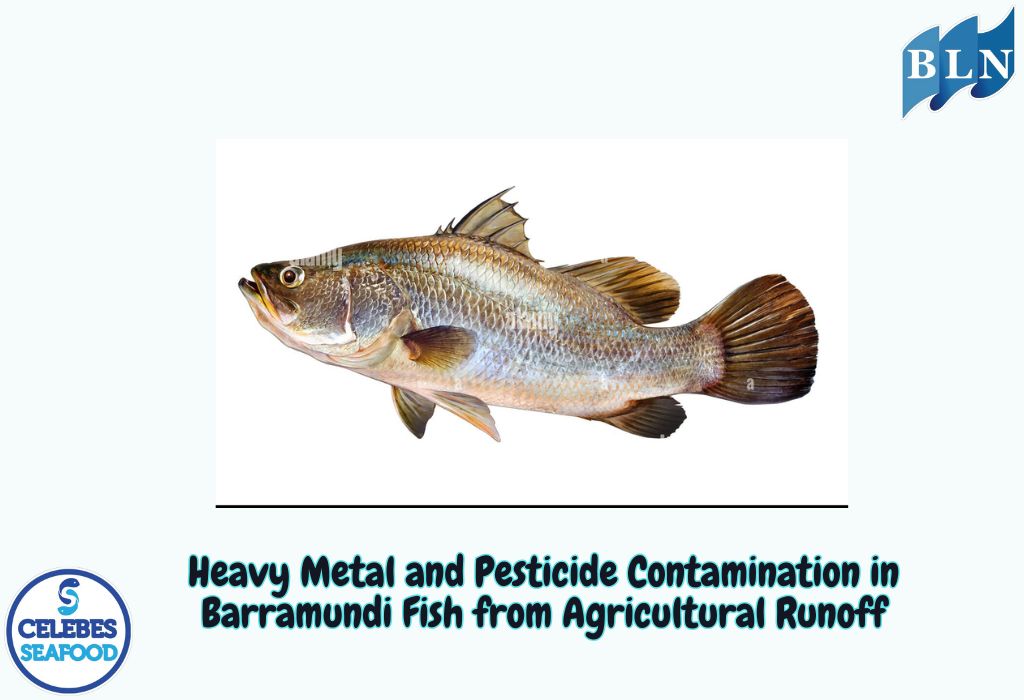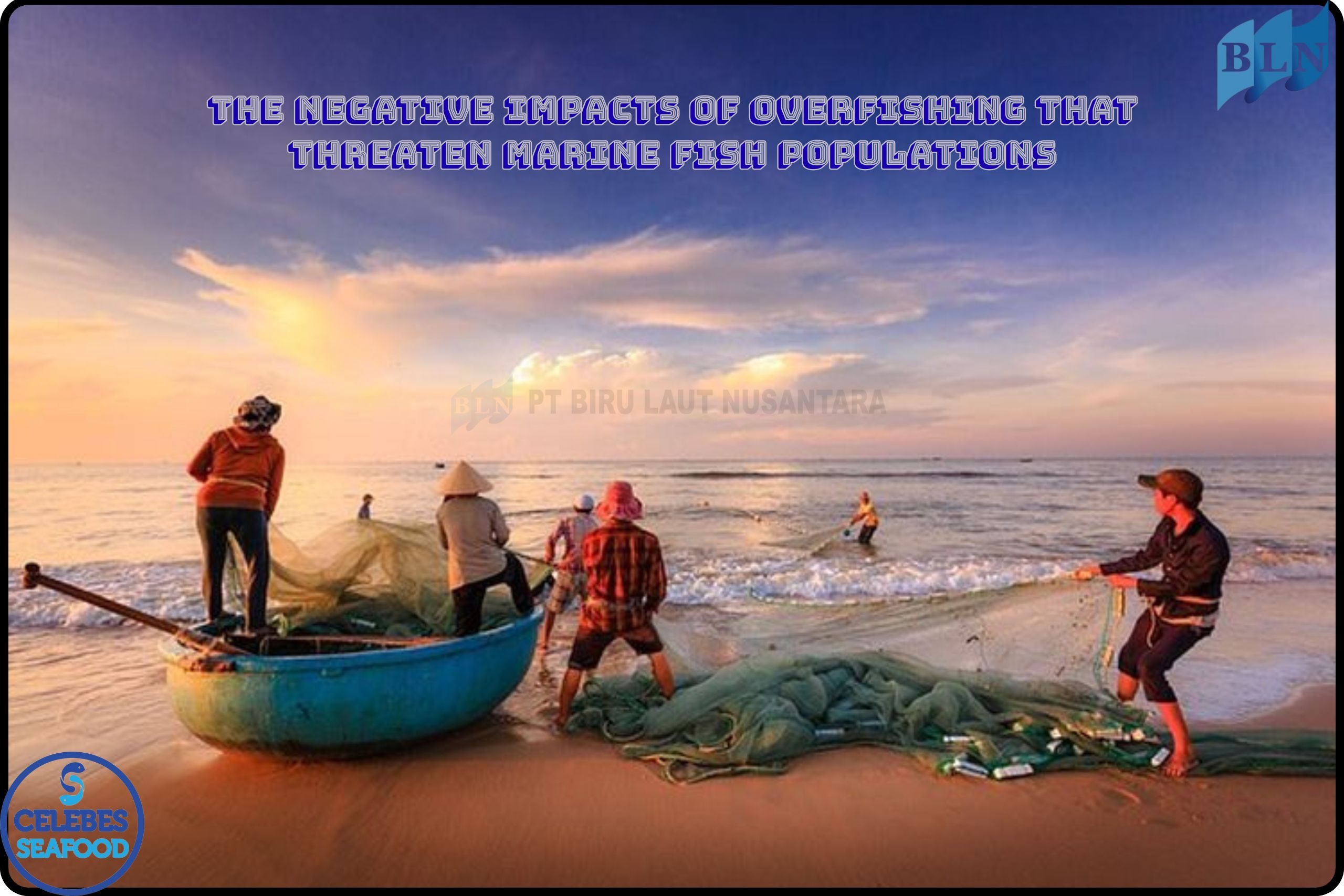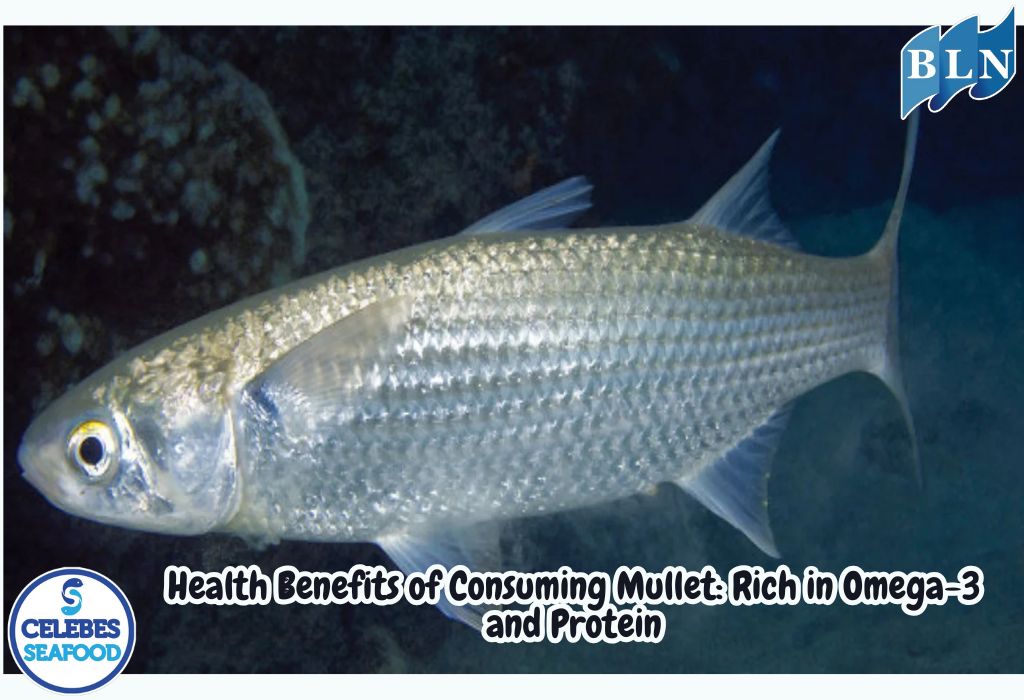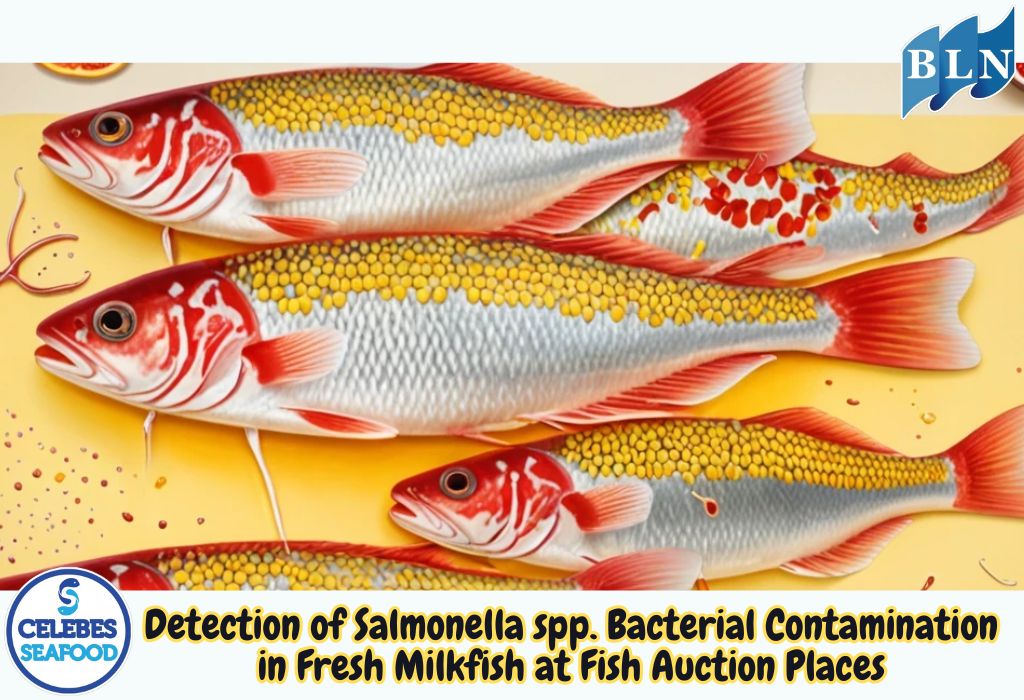Heavy Metal and Pesticide Contamination in Barramundi Fish from Agricultural Runoff
By. Amma - 05 Aug 2025
lautnusantara.com Agricultural runoff, which carries fertilizer, pesticide, and herbicide residues, poses a serious threat to aquatic ecosystems, including the health of barramundi (Lates calcarifer). Barramundi, which frequently migrate from freshwater to saltwater, are highly susceptible to pollution from various sources.
Contamination Mechanisms
Pollution from agricultural runoff can affect barramundi in several ways:
- Accumulation in Sediments: Heavy metals (such as cadmium/Cd and lead/Pb) and pesticide residues often adhere to soil particles carried by runoff. These particles then settle on the bottom of rivers, estuaries, or coastal areas. Because barramundi are demersal fish (living at the bottom of water), they are directly exposed to contaminated sediment.
- Bioaccumulation and Biomagnification: Heavy metals and pesticides that enter the fish's body cannot be effectively excreted. This process is called bioaccumulation. Furthermore, because barramundi are apex predators (preying on smaller fish), these contaminants accumulate in increasingly higher concentrations at each level of the food chain, a process known as biomagnification. This means barramundi can have much higher levels of contamination than smaller prey fish.
- Direct Exposure Through Water: Barramundi can also absorb contaminants directly from the water through their gills and skin surfaces.
Effects of Contamination on Barramundi
This contamination can have significant negative impacts on the health of barramundi:
- Organ Damage: Heavy metals such as lead (Pb), cadmium (Cd), and mercury (Hg) are toxic and can damage vital organs such as the liver, kidneys, and nervous system. Research shows that exposure to heavy metals can cause cell and tissue degeneration in fish organs.
- Reproductive Disruption: Some pesticides, particularly those belonging to the organophosphate group, can disrupt the endocrine system of fish. This has the potential to inhibit reproduction, reduce fertility, and affect larval development.
- Immune Deficiency: Chronic exposure to contaminants can weaken the immune system of fish, making them more susceptible to disease and parasitic infections.
- Meat Quality: Contaminants accumulated in barramundi meat can degrade the quality of the product, potentially posing a health risk to consumers if consumed in excessive amounts.
Barramundi's Role as a Bioindicator
Due to its position at the top of the food chain and its ability to accumulate contaminants, barramundi is often used as a bioindicator to monitor environmental pollution levels. By analyzing heavy metal and pesticide residues in barramundi, researchers and regulators can assess the extent of water pollution and take necessary preventative measures.
Overall, maintaining water quality from agricultural runoff is crucial to protecting barramundi populations and ensuring food safety for consumers.
If you are interested in our Barramundi Fillet Skin On / Barramundi Fillet Skinless Tyger Style, Barramundi Fillet Skinless Tiger Styleplease do not hesitate to contact us through email and/or whatsapp.






.jpg)
.jpg)